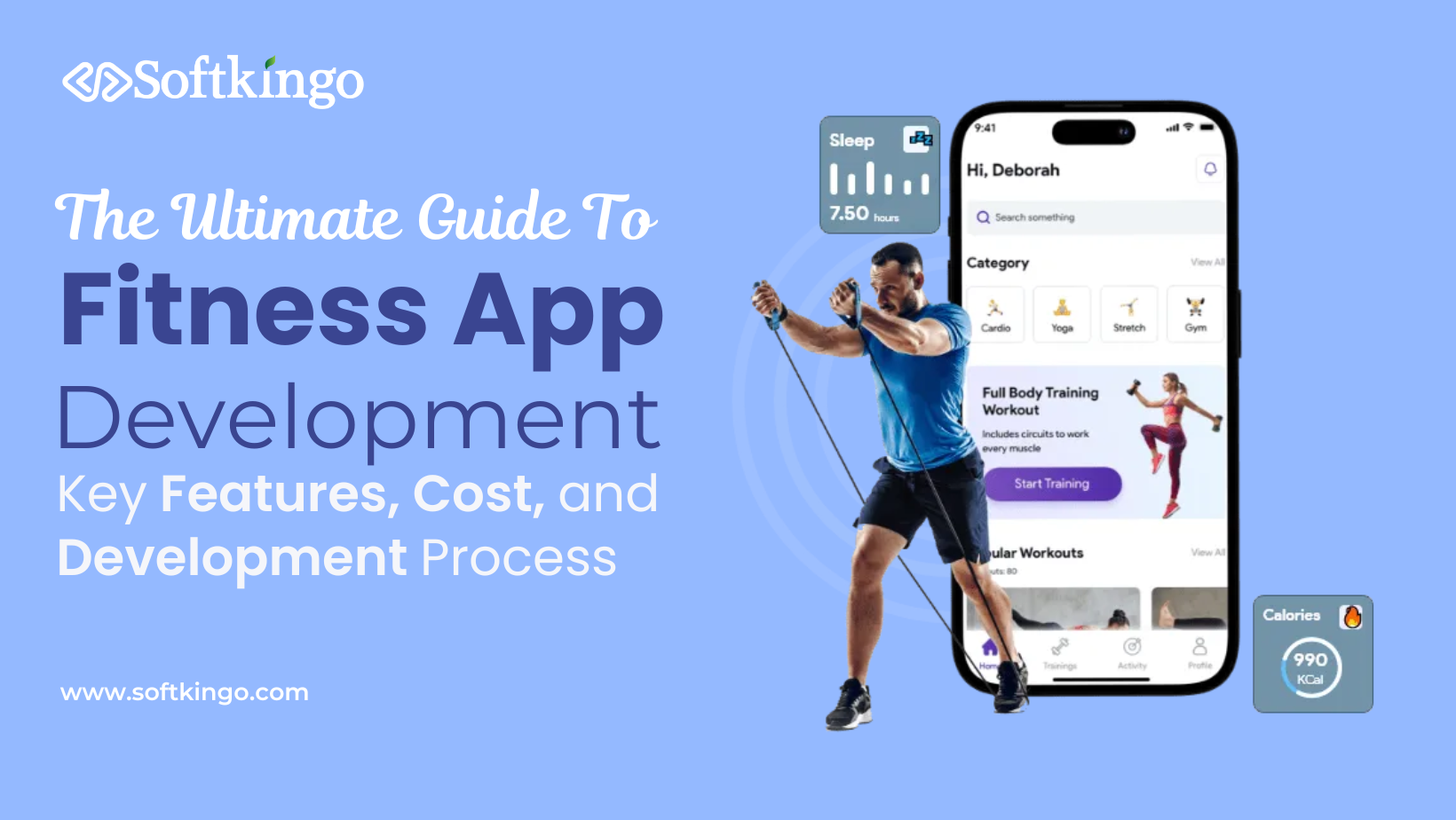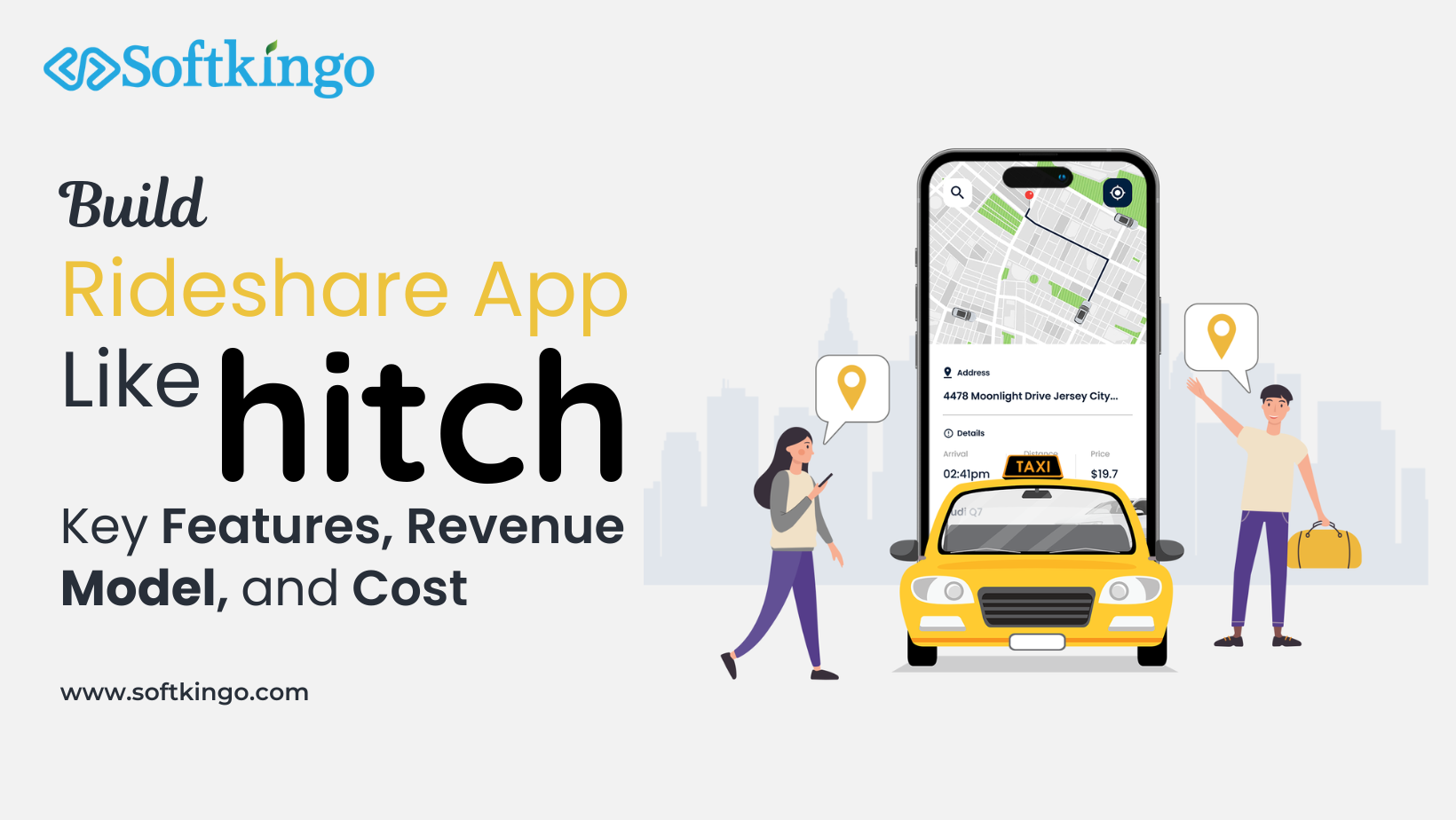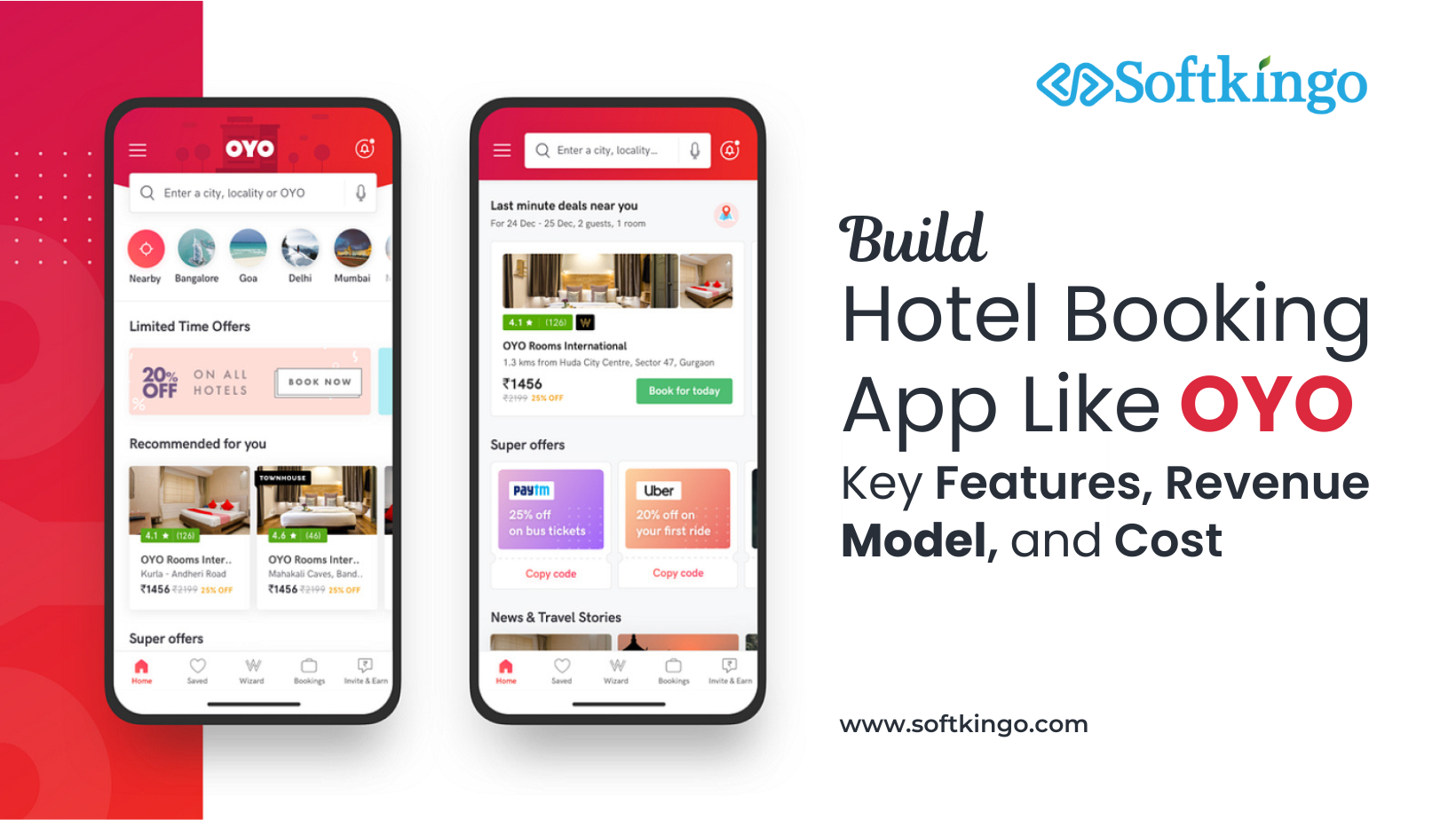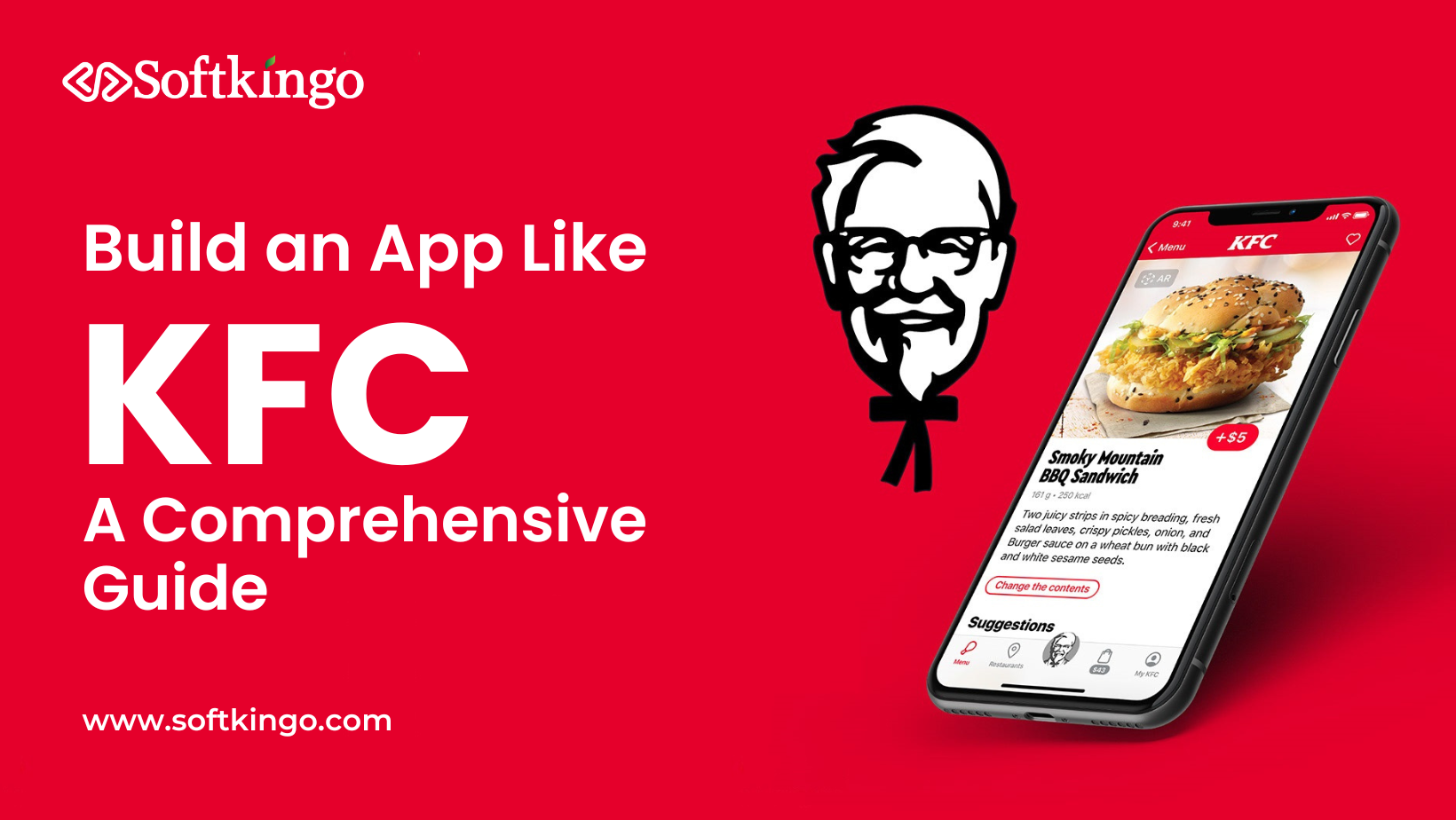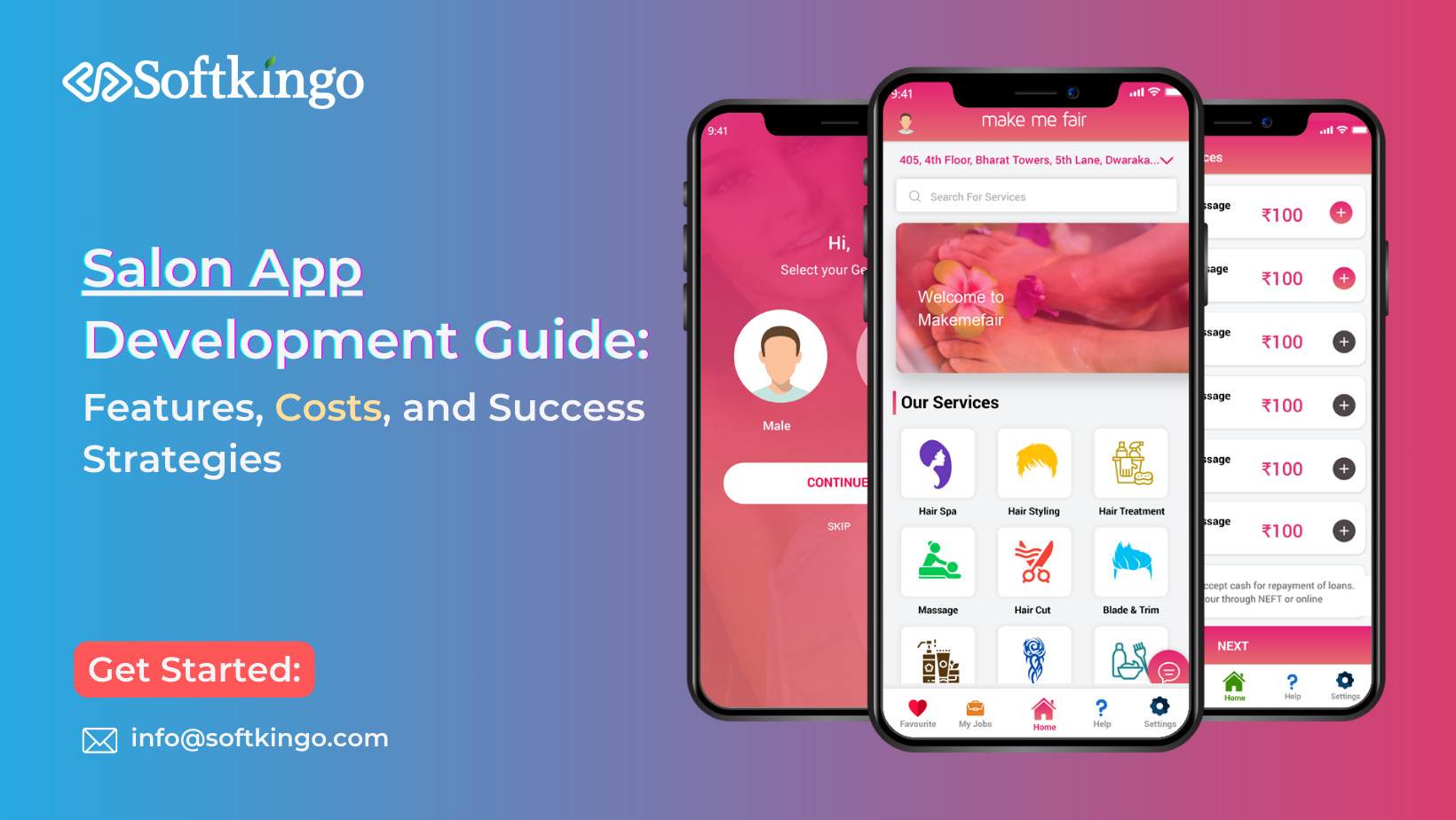The Power of UI/UX Design in App Development: Why It’s Non-Negotiable
Have you ever opened an app and found buttons or text misaligned, or maybe elements running off the screen? Perhaps you’ve been greeted by a chaotic splash of colors and cluttered text that made you cringe. These poor design choices often lead to one inevitable outcome app uninstallation.
In today’s digital age, where first impressions can make or break an app, UI/UX design is more critical than ever. The design industry has evolved, with some brands like Uber and MailChimp embracing innovative, user-centric designs, while others lag behind, underestimating the importance of design in their app’s success.
This article serves as a comprehensive guide, especially for entrepreneurs and startups, to understand why UI/UX design is just as crucial as the development and testing phases. We’ll dive deep into the basics and reveal why a great user experience is non-negotiable for the success of your app.
Understanding UI and UX Design in Mobile Applications
What is UI Design?
UI, or User Interface, is the space where interactions between users and the app take place. It encompasses everything a user interacts with while using an app—buttons, text fields, images, and more. The goal of UI design is to create an interface that is both aesthetically pleasing and functional, ensuring an enjoyable and intuitive user experience.
What is UX Design?
UX, or User Experience, focuses on the overall feel of the app. It’s about creating a seamless journey for the user, ensuring they can navigate the app with ease and efficiency. A well-designed UX turns first-time users into loyal customers by providing a positive, engaging experience.
Together, UI and UX are the dynamic duo of app design. While UI handles the app’s look and feel, UX is about how it works and how users experience it. For an app to be successful, both elements must work in harmony.
Key Deliverables in UI/UX App Design
Designing a mobile app involves several stages, with different deliverables for UI and UX designers. These deliverables help communicate ideas, document the design process, and ensure everyone involved understands the project’s direction.
UI Deliverables
- Mood Boards: These visual representations help convey the app’s style and mood, ensuring that the client and design team are on the same page.
- Visual Designs: Visual designs focus on the impact of elements like typography, color schemes, and layouts, giving life to the app’s interface.
- Dynamic Prototyping: Prototypes allow for the testing of functionality and design before full development, making it easier to make adjustments and improvements.
UX Deliverables
Competitive Analysis Report: This report helps identify the strengths and weaknesses of competitors, ensuring your app stands out in the market.
User Personas: User personas represent the target audience, helping designers understand and cater to the needs and behaviors of the app’s users.
User Journeys and Flows: These maps visualize the user’s journey through the app, highlighting areas where the experience can be optimized.
Interactive Prototypes: These prototypes simulate the final product, allowing for user testing and feedback before launch.
The Core Components of Mobile App UI/UX Design
When designing a mobile app, several key components must be considered to ensure the app is user-friendly and effective.
A. Information Architecture
Information Architecture (IA) organizes content in a way that makes it easy for users to navigate the app. A well-structured IA ensures that users can find what they’re looking for quickly and easily.
B. Interaction Design
Interaction design involves creating a conceptual design through which users interact with the app. This includes everything from buttons and icons to fonts and colors. The goal is to make these interactions as intuitive and enjoyable as possible.
C. Usability
Usability ensures that users can achieve their goals efficiently within the app. It’s about making sure the app is easy to use and that users can perform tasks without unnecessary friction.
D. Wireframes
Wireframes are simple, low-fidelity sketches that outline the app’s layout and functionality. They allow designers to test the structure and flow of the app before moving on to more detailed designs.
E. Visual Design
Visual design defines the app’s overall aesthetic and brand identity. It involves choosing the right colors, fonts, and images to create a visually appealing and cohesive experience.
Why UI/UX Design Matters in App Development
1. Attracting Users
A well-designed UI/UX grabs users’ attention and keeps them engaged. When users enjoy their experience with an app, they are more likely to continue using it and recommend it to others.
2. Creating a Positive First Impression
For startups and small businesses, a strong UI/UX design can create a memorable first impression that encourages users to return. A visually appealing and easy-to-navigate app builds trust and loyalty.
3. Getting Featured in App Stores
Apps with great UI/UX are more likely to receive positive reviews and high ratings, which can lead to being featured in app stores. This visibility can significantly increase downloads and user engagement.
4. Building a Loyal User Base
When users have a positive experience with an app, they are more likely to become repeat customers. A strong UI/UX design fosters loyalty and encourages users to spread the word about your app.
5. Saving Time and Costs in the Long Run
Investing in UI/UX design from the beginning can save time and money by reducing the need for extensive updates and fixes after launch. A well-designed app is more likely to meet users’ needs, reducing the risk of costly redesigns.
6. Enhancing Brand Value
A great UI/UX design can elevate your brand by creating a positive association with your app. When users have a great experience, they are more likely to trust your brand and continue using your products.
7. Increasing Traffic and Conversion Rates
A well-designed app can attract more users and encourage them to take action, whether it’s making a purchase, signing up for a newsletter, or sharing the app with others. High conversion rates are a key indicator of a successful UI/UX design.
Tips to Improve Your UI/UX Design
- Use Familiar Elements: Stick to conventional design elements to make the app easy to navigate. Familiar buttons, icons, and colors help users feel comfortable and reduce the learning curve.
- Maintain Uniformity: Ensure that the design is consistent across all screens. Consistency in design elements like colors, fonts, and icons builds trust and makes the app more user-friendly.
- Work with Experienced Designers: Hire or collaborate with skilled UI/UX designers who understand the intricacies of user interaction and can bring your vision to life.
- Keep it Simple: Avoid overcomplicating the design. Simple, clean designs are easier for users to understand and navigate, leading to a better overall experience.
- Focus on Speed: Don’t sacrifice the app’s performance for the sake of design. Ensure that your app loads quickly and runs smoothly to keep users satisfied.
- Understand Your Audience: Tailor your design to meet the needs and preferences of your target audience. Knowing who you’re designing for will help you create an app that resonates with users.
Future Trends in UI/UX Design
As technology evolves, so do the trends in UI/UX design. Here are some trends to watch out for in the coming years:
1. Voice-Based UI
With the rise of voice assistants like Google Home and Alexa, voice-based interfaces are becoming more popular. Designing for voice requires a different approach, focusing on how users interact with the app without visual cues.
2. Foldable/Split Screens
As foldable phones become more common, designing apps that work seamlessly on split screens will be crucial. This trend allows for more user interaction and multitasking within apps.
3. Variable Fonts
Variable fonts allow for greater flexibility in design, reducing the need for multiple font files. This trend is gaining popularity as it allows for more creative freedom in typography.
4. Dark Mode
Dark mode has gained traction due to its health benefits, reducing eye strain and conserving battery life. Incorporating dark mode into your app design can enhance the user experience and appeal to a broader audience.
5. Animation
Animations can make apps more engaging by adding visual interest and guiding users through the interface. Expect to see more apps incorporating animations into their UI/UX design in the coming years.
Conclusion: The Bottom Line
UI/UX design is more than just aesthetics—it’s about creating a seamless, enjoyable experience for your users. By prioritizing UI/UX design in your app development process, you can attract more users, build a loyal customer base, and ultimately, drive your app’s success.
Partner with a reliable app design and development company that understands the importance of UI/UX design. Whether you’re launching a new app or updating an existing one, a strong UI/UX design will set you up for long-term success.
FAQs About UI/UX Design
Q: Why is UI/UX design critical for app success?
A: UI/UX design is essential for attracting and retaining users, creating a positive first impression, and ensuring the app’s usability and functionality.
Q: How does UI/UX design impact business?
A: A well-designed UI/UX can increase conversion rates, reduce maintenance costs, and enhance brand value, leading to better business outcomes.
Paramhans Singh is the Director of Operations at Softkingo Technologies, bringing over 8 years of experience in delivering custom software solutions that help startups and enterprises achieve their business goals. He has successfully validated more than 220 app and website ideas and delivered over 100 tailored solutions, utilizing a range of technologies such as Swift, Kotlin, React Native, Flutter, PHP, RoR, IoT, AI, NFC, AR/VR, Blockchain, and NFTs.




